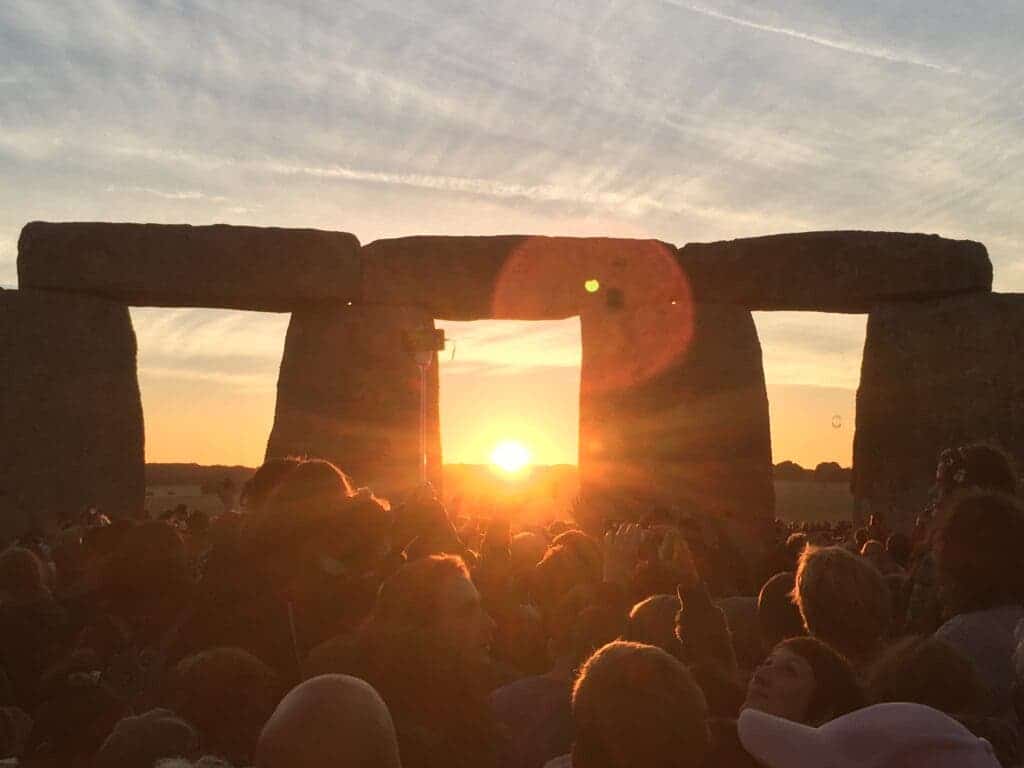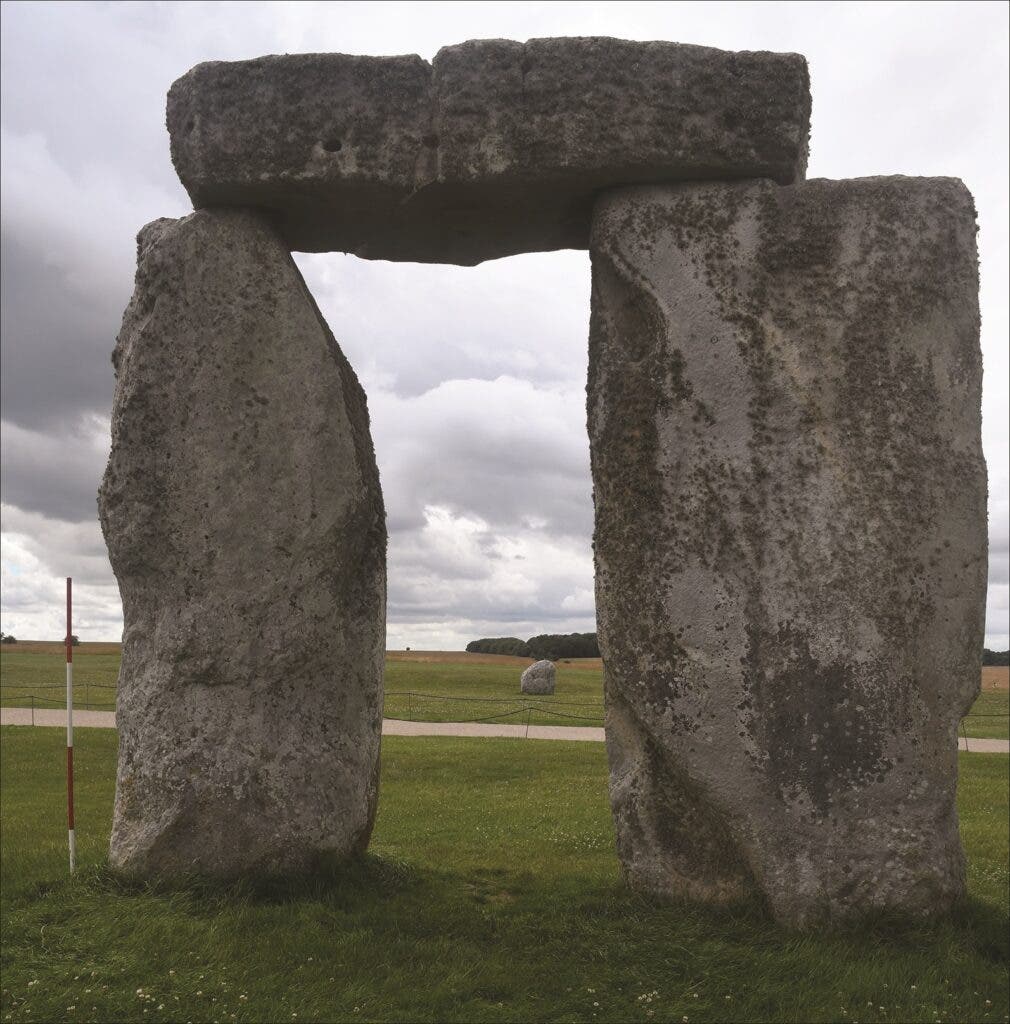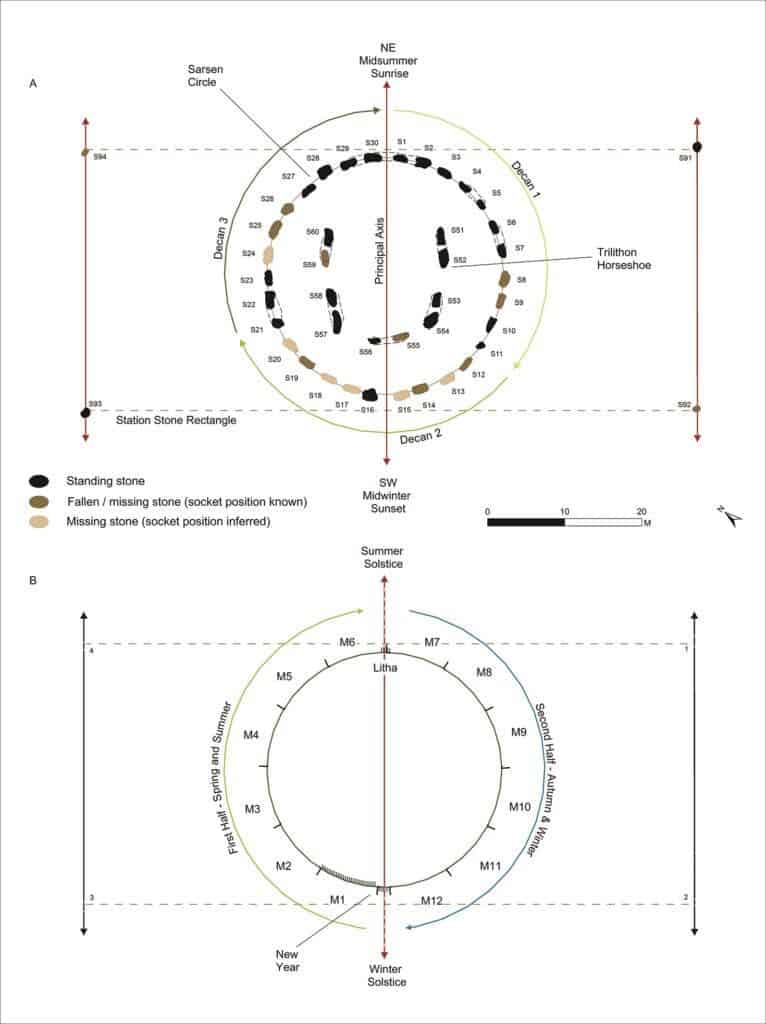
Over the years, archaeologists have put forward a number of theories attempting to explain why Stonehenge was built. Now, new research posits that the Stonehenge circles served as a calendar that tracks the solar year of 365.25 days, calibrated by the alignment of the solstices.
However, if that is indeed the case, it’s an odd one with 12 months of 30 days, divided into 10 day weeks. Such calendar designs were previously seen in ancient Egypt, which could mean the Stonehenge timekeeping system may have had its roots elsewhere.
What was Stonehenge used for?
Stonehenge is the world’s most famous Neolithic site but also one of the most enigmatic ancient monuments, whose precise purpose is still a mystery. Much of that mystery comes down to the fact that writing didn’t exist in England until the Romans arrived 2,500 years after the iconic circular stone pillars were raised. In this vacuum, various more or less evidenced-based theories have been proposed.
Some believe Stonehenge is an astronomical calculator, a religious site, or an important community gathering place like a sort of town hall. But whenever there’s a good mystery, fringe communities and their outlandish theories aren’t too far behind.
In the 1960s and 1970s, Stonehenge was a hot spot for hippies and the New Age counterculture, with millions flocking to the Salisbury Plain, a site thought to be imbued with magical and mystical powers. One Canadian gynecologist proposed in 2003 in an essay published in a medical journal that Stonehenge is a metaphorical vulva — the opening by which Earth Mother gave birth to her plants and animals. The article employed side-by-side illustrations of Stonehenge seen from above and female genitalia. Others think that, like the Egyptian pyramids, Stonehenge couldn’t have been possibly built by prehistoric humans. Instead, it was obviously made by aliens who used the stone pillars as a landing pad for their spacecraft. Yeah…
But ancient alien-origin enthusiasts may have gotten one thing right: Stonehenge most likely had a strong connection to the cosmos and the stars, specifically the hot glowing giant ball of helium and hydrogen close by, the Sun.

In a new study published today in the journal Antiquity, Professor Timothy Darvill from Bournemouth University in England takes a fresh look at the most recent evidence from the Salisbury archaeological site, concluding Stonehenge’s sarsen elements represent a calendar based on a tropical solar year of 365.25 days. But this calendar is just a tool. Its grander purpose, according to the researchers, was to facilitate festivals and ceremonies.
“I’ve been working on Stonehenge for more than 30 years and in 2008 undertook excavations inside the stone settings at the centre of the site. That led us to start looking at the individual components of the monument and wondering how they all fitted together. Instead of seeing it as one big structure we now see it as several pieces that fit together, rather like in modern times one might see a church or temple as having different elements each of which is connected with different aspects of the working of the site,” Darvill told ZME Science.
The solar origin of one of the most mysterious places on Earth
Most archaeologists agree that the current still standing Stonehenge structure was preceded by an earthwork circle built on the same spot, which seems to have been a cemetery for cremated bodies. Some 500 years later, between 2600 and 2500 BC, Stonehenge as we know it was built once it entered “Stage 2” with the constructions of the three sarsen structures –the Trilithons, Sarsen Circle, and the Station Stone Rectangle. Sarsen stones refer to the vertical pillars, which were capped by horizontal lintels.
Building Stonehenge with Neolithic technology is literally a monumental task. Each sarsen weighs 25 tons on average and could have required at least 1,000 people each to transport it over a distance of 24 km (15 miles). As such, it must have taken multiple generations to complete the project. But once in place, these components weren’t altered or moved ever again, a fact supported by analyses showing that most of the stones were quarried from a single source on the Marlborough Downs.

It is under this guise of a unified group that the sarsen elements need to be understood, Darvill argues. This way, their “numerical significance” opens up the possibility that they represent building blocks for a calendar based on the 365.25 solar days in the mean tropical year. Each of the 30 stones in the sarsen circle represents a day within a month. One month is divided into three weeks each of 10 days, with distinctive stones in the circle marking the start of each week.
“The recognition that the sarsen stone elements have an integrity because the stones are almost all from the same source and were put up at the site at the same time. Given these observations, it seems likely that they also have an integrity of structure. What makes it novel is that while many people have tried to find a calendar in the arrangement of stones, non-one has previously shown how one might actually work. The perpetual solar calendar is very easy to use,” Darvill said.
Under this logic, every stone has its place and purpose. The five Trilithons in the center of the site represent the intercalary month, while the four Station Stones outside the Sarsen Circle serve as markers to notch up until a leap day. In doing so, the ancient people of Stonehenge managed to frame the winter and summer solstices by the same pair of stones every year. One of the trilithons also frames the winter solstice, perhaps marking the new year.
A 10-day week calendar seems odd, but the researchers claim that these were more common during this period. A very similar solar calendar was developed in the eastern Mediterranean around 3000 BC and was adopted in ancient Egypt as the Civil Calendar, still widely used in the Old Kingdom at about 2600 BC. This raises the genuine possibility that the calendar was imported from the continent, with archaeological evidence supporting the existence of trade and cultural networks that could have facilitated this knowledge transfer. The study mentions the nearby “Amesbury Archer”, who was buried nearby around the same period Stage 2 was erected, but was actually born thousands of miles away in the Alps and moved to Britain as a teenager.
However, there’s more to Stonehenge than just an oversized time-keeping device. The huge efforts undertaken at Stonehenge hint that the ancient site served a very important purpose. The researchers believe the calendar helped local communities synchronize conceptual cosmologies with the solar cycle, “so that the received narratives could be understood in ways that structured behaviors and relationships.”As such, the stone circles were essential for timing celebrations and other crucial rituals. Secondly, the calendar allowed elites to acquire and legitimize power, since they were the ones who now control the timing of important communal events and the interpretation of cosmologies as signs and messages from the gods.
“Time-reckoning systems bring communities closer to their gods by ensuring that events occur at propitious moments. Astrology was an important, though controversial, tool in ancient medicine and healing rites. An accurate calendar was required to maximise effects that depended on people being in the right place at the right time,” the researchers wrote in their study.
Although plausible, not everyone is convinced by this conclusion. Speaking to ZME Science, archaeologist Mike Pitts described the new proposal as “ingenious” but adds that it would be equally possible to come up with other explanations.
“For example, there could have been a “Fellowship of the Ring” with five or 10 members. The largest and most prominent stones are the five trilithons (each two uprights and one lintel). These could represent five different societies that had formed an alliance, which they marked by building Stonehenge. If the trilithons were heads (a male and female leader, say, united by a lintel) each of the five could then be represented by six descendant families, symbolised by stones in the circle (giving 30) united by the ring of lintels that joins them,” said Pitts, who is the editor of the publication British Archaeology and the author of a number of notable books on Stonehenge.
“Entirely fanciful, but no more or less supported by evidence than a calendar.”
Pitts added that it would be odd for Stonehenge society not to use the lunar cycle, especially since the lunar month could be neatly represented by the 30 stones in the circle.
“Almost all recorded human societies, at any time or place, have used the sun and moon to mark time. That there are roughly 365 days in a year is a fact of living on Earth. The people who built Stonehenge almost certainly had a calendar and it is very likely it was based on observations of the sky. There is no need to invoke connections with societies on the other side of Europe to explain this,” Pitts said.
Whatever may be the case, the origin and meaning of Stonehenge are still far from settled.
“There is still so much more to know about Stonehenge,” Darvill concludes.


